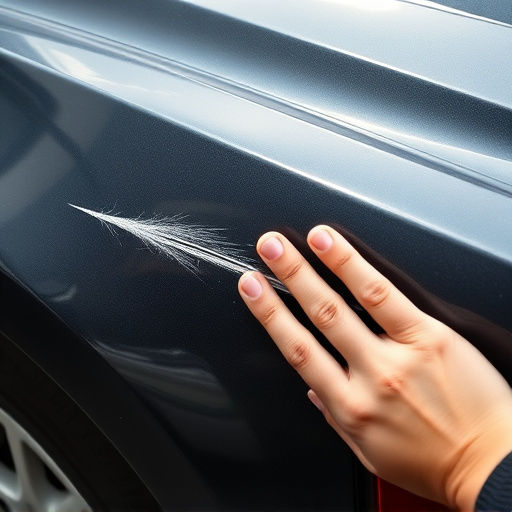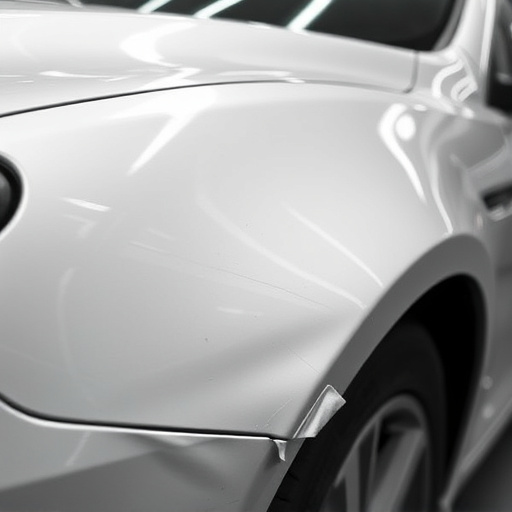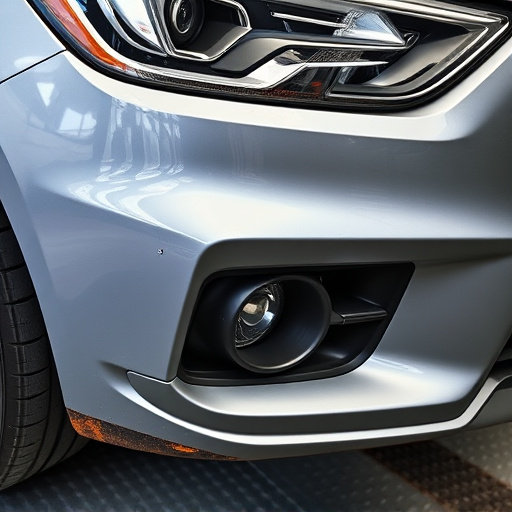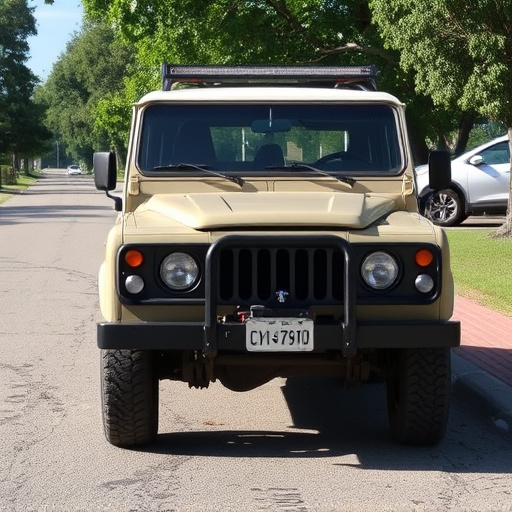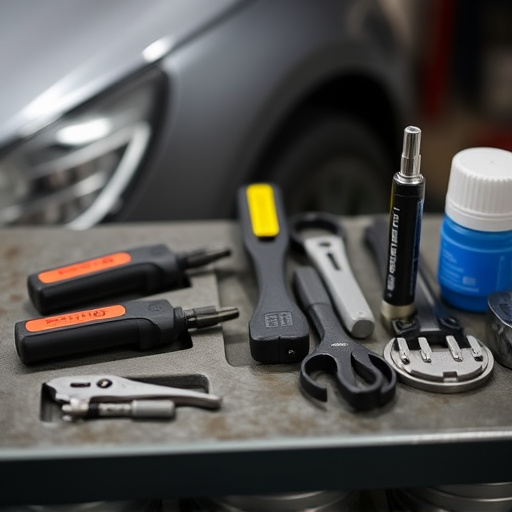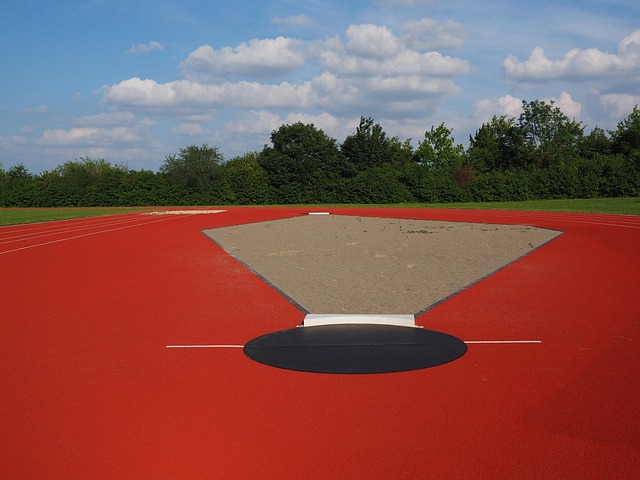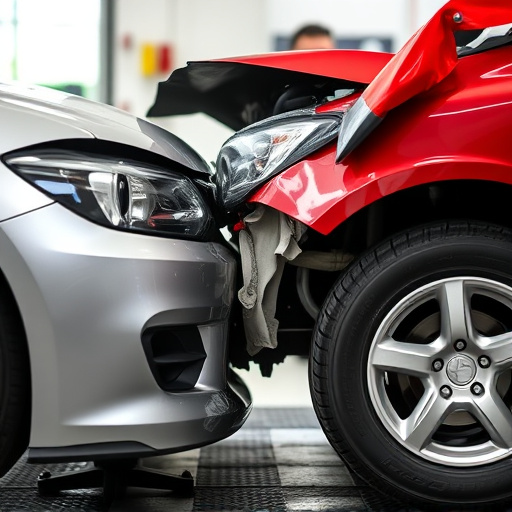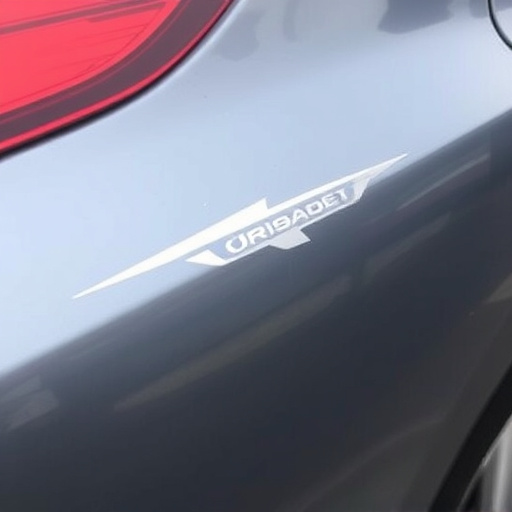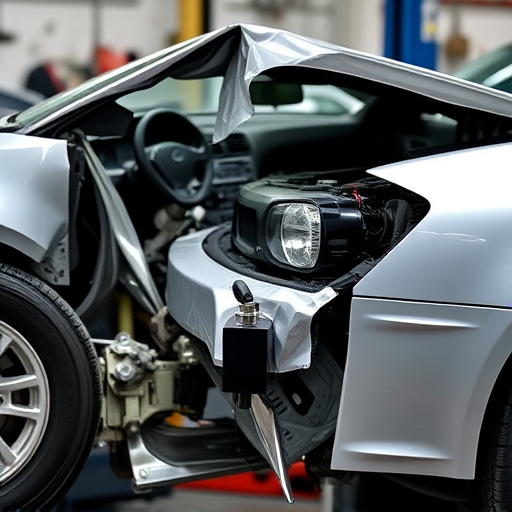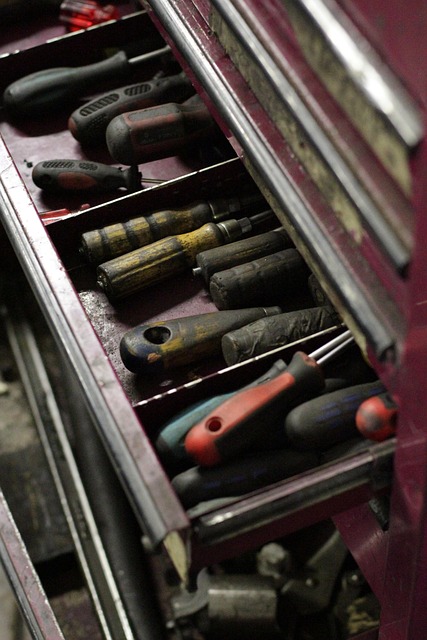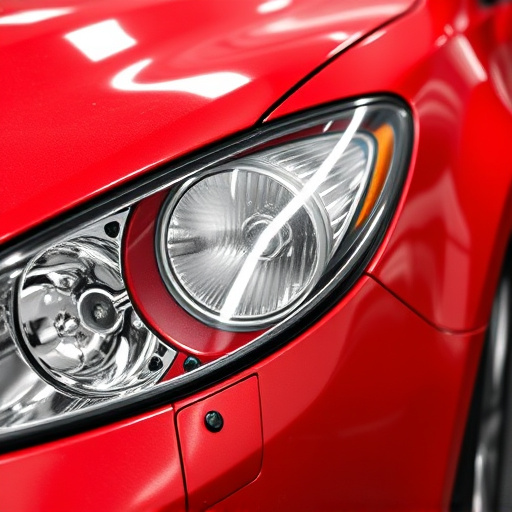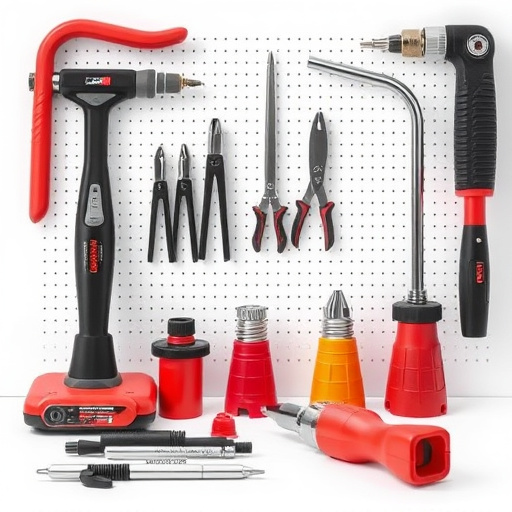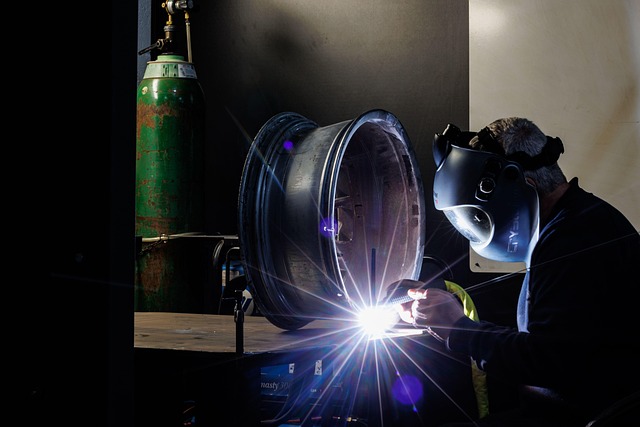While PDR (paintless dent repair) is effective for minor cosmetic dents, complex geometries and material compatibility limit its use. Advanced tools and technician training have improved PDR's capabilities but it may not be suitable for all cars, especially older models with thinner panels or hard plastics. Professional assessment is crucial to recommend the best restoration method based on damage extent and material, ensuring a seamless, structurally sound repair that maintains aesthetics and resale value.
“While Paintless Dent Repair (PDR) offers a non-invasive approach to vehicle damage restoration, it’s not a solution for every dent. This article explores the limitations of PDR and provides insights on when it’s best left unwrought. We delve into specific scenarios like deep dents, complex geometries, and material compatibility issues that can challenge PDR effectiveness. Understanding these cases empowers both professionals and DIY enthusiasts to make informed decisions regarding their vehicle’s care.”
- Deep Dents: When PDR Isn't Adequate
- Complex Geometries: Overcoming Limitations
- Material Compatibility: Ensuring Best Results
Deep Dents: When PDR Isn't Adequate
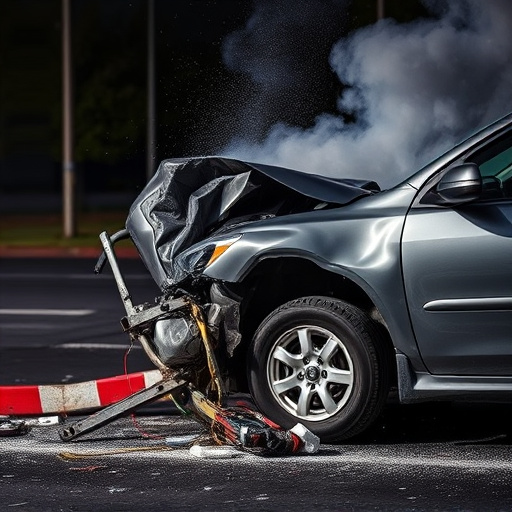
Deep dents present a significant challenge for even the most skilled PDR technicians. While paintless dent repair is an innovative and effective solution for minor cosmetic damages, it has its limitations. When a dent extends deep into the car’s panel, affecting the metal’s structure, PDR may not be adequate to restore it to its original condition. Traditional methods of bumper repair or body shop restoration might be more suitable in such cases.
These complex dents often require specialized tools and techniques that go beyond the scope of PDR. Car repair services that offer comprehensive solutions are better equipped to handle deep dent cases, ensuring a seamless and structurally sound repair. It’s crucial for car owners to consult with professionals who can accurately assess the damage and recommend the most appropriate restoration method, whether it’s PDR for minor dings or traditional bumper repair for more severe dents.
Complex Geometries: Overcoming Limitations
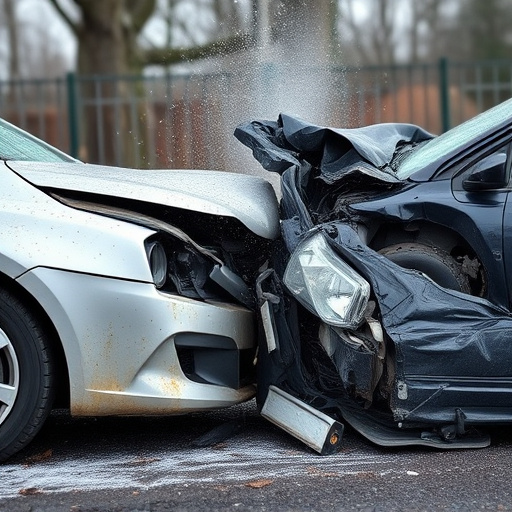
While PDR (paintless dent repair) is a highly effective method for car dent removal and body restoration, it’s not without limitations. Complex geometries present a significant challenge. Curved surfaces, tight corners, and intricate paneling can make it difficult for technicians to access and manipulate dents, leading to less-than-perfect results. Traditional PDR techniques may struggle with these areas, leaving visible traces of damage.
However, advancements in equipment and techniques have helped overcome some of these limitations. Specialized tools designed for complex geometries allow for greater maneuverability and precision. Moreover, training and experience play a crucial role in successfully repairing even the trickiest dents. In cases where damage extends into the paint or metal, combining PDR with other collision damage repair methods can achieve optimal results, ensuring a seamless and durable fix.
Material Compatibility: Ensuring Best Results
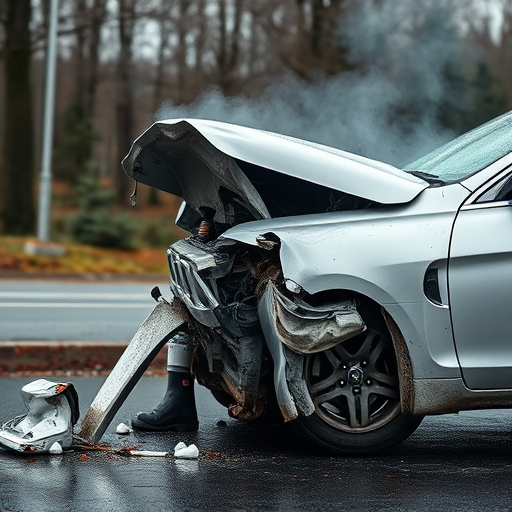
The effectiveness of PDR (paintless dent repair) heavily relies on the compatibility of the material being repaired. Not all types of metal or plastic respond equally well to this non-invasive technique. For instance, older cars with thinner, more flexible panels might not be suitable candidates due to the risk of forming ripples or deformities during the repair process. Similarly, hard plastics and highly rigid metals can be challenging, as PDR requires a certain level of give for the dent removal tools to work effectively without damaging the surface.
When considering PDR for a fender bender or auto collision center repairs, it’s crucial to assess the car body shop’s capabilities and experience with different materials. A skilled technician will know when to recommend alternative repair methods like traditional painting if the damage is extensive, deep, or located in areas with complex contours. Proper material compatibility ensures that the repaired area matches the original factory finish, maintaining the car’s overall aesthetics and resale value.
While Paintless Dent Repair (PDR) offers numerous benefits, it’s crucial to understand its limitations. For deep dents and complex geometries, traditional methods might be more suitable. Material compatibility is key to achieving optimal results with PDR. By recognizing when not to apply this technique, professionals can ensure the best solution for every dent repair need, providing superior customer satisfaction.
